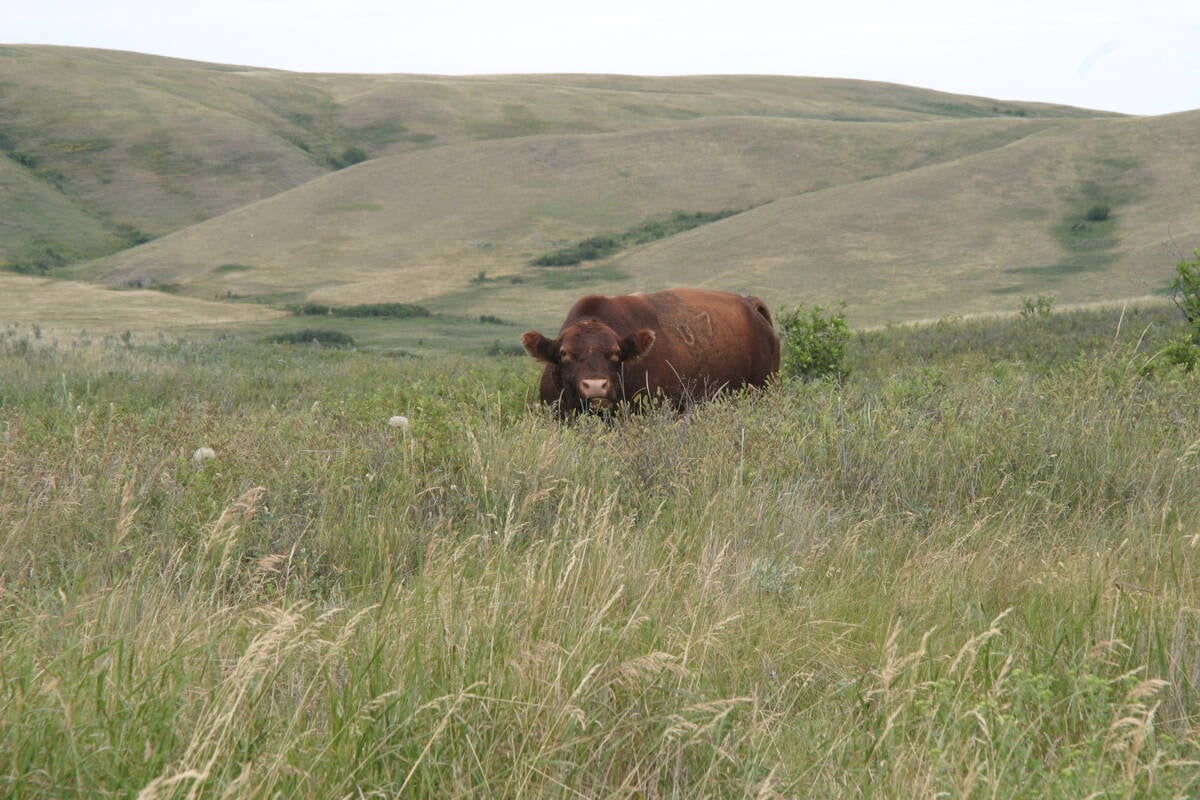City folks may not have heard of the book, but the Pembina Institute’s When the Oilpatch Comes to Your Backyard has become a bestseller in rural areas.
The guide to dealing with oil and gas companies was so popular the institute has released a revised and expanded edition, said Mary Griffiths, an environmental policy analyst with the institute and the main author.
With record levels of drilling in Alberta, it is increasingly likely that landowners will have to deal with the oil and gas industry.
Read Also

Saskatchewan puts crown land auction on hold
Auctions of Saskatchewan crown lease land are once again on hold.
In 2003, there were almost 15,000 wells drilled in Alberta. In 2004, there will be more than 21,000 wells drilled across Western Canada, with Alberta getting 75 percent of them, or almost 16,000. In 2005, there are expected to be more than 24,000 wells drilled in Western Canada, more than 18,000 in Alberta.
“We were still getting calls from people for the book and we didn’t want to send out a book that was becoming so out of date,” said Griffiths of the original book published in 2001.
Since the book was first published there have been a myriad of regulatory changes dealing with oil and gas companies in Alberta.
Alberta Environment changed from 100 percent inspection of wells to an audit system, landowners with crown grazing leases don’t have the same rights as they did three years ago and the development of coal bed methane was limited when the first book was published.
There has also been a new emphasis requiring companies to consider the landowners and use more mediation to solve conflict, said Griffiths.
“There’s a whole change in attitude to encourage people to work together towards a resolution of issues.”
Chris Severson-Baker, co-author of the book, said many people don’t know their rights or the responsibilities of the oil and gas companies.
“Many individuals living near new or existing oil and gas developments find themselves overwhelmed by the tight decision timelines, technical nature of the industry and complexity of the regulatory approval process,” he said.
The book is broken into sections including detailed information on seismic activity, drilling waste, water well issues, pipelines, batteries, environmental concerns, public hearings, the regulatory board processes, how to negotiate with a company and a list of surface rights groups.
Griffiths said there has been a positive response from landowners and oil and gas companies about the book.
“They’re most appreciative of the information and the input we’ve been able to provide. People certainly told me they’ve found it very useful.”
Even oil companies are promoting the book as a useful tool to smooth negotiations, she said.
To order the book, call the Pembina Institute at 780-542-6272.














